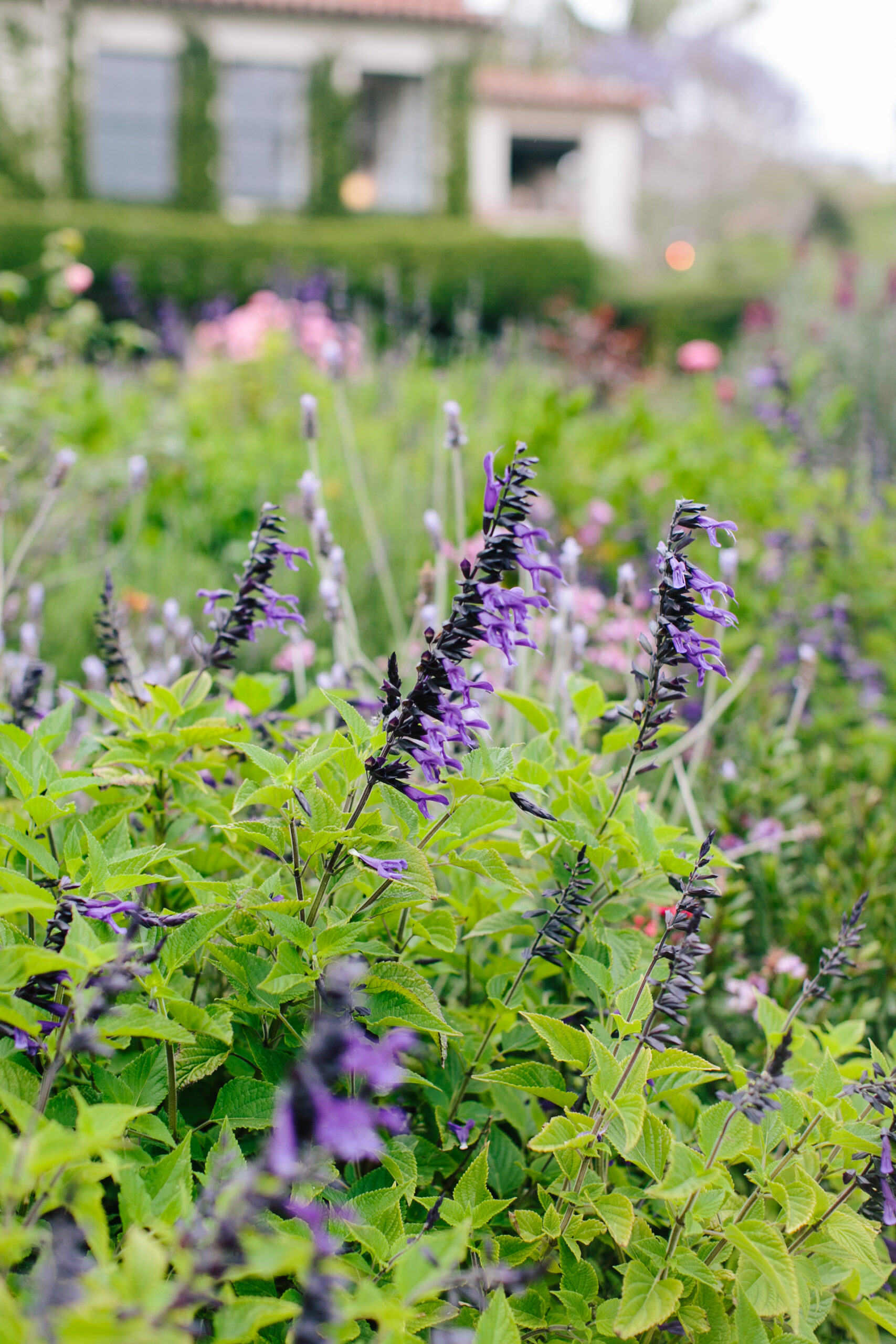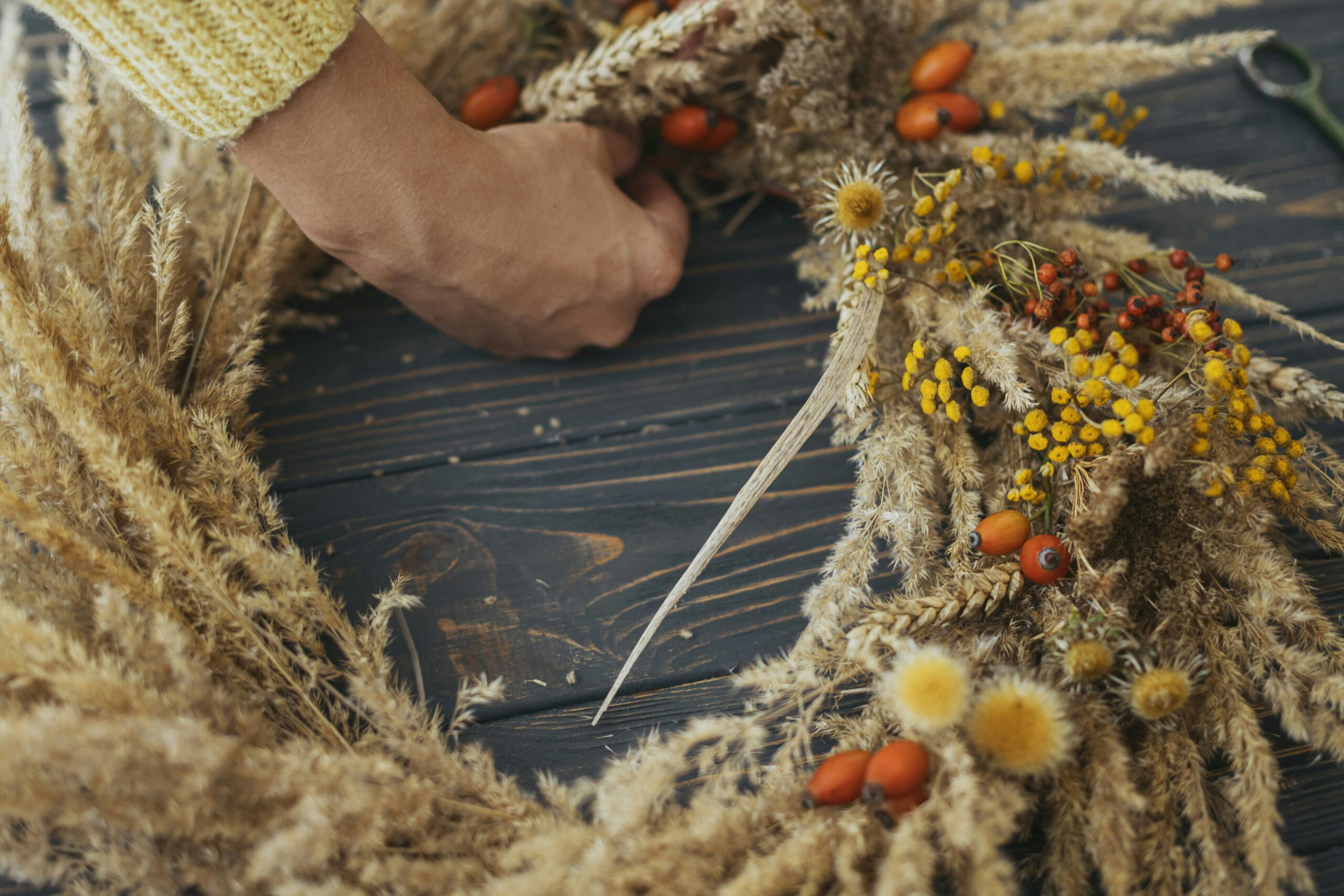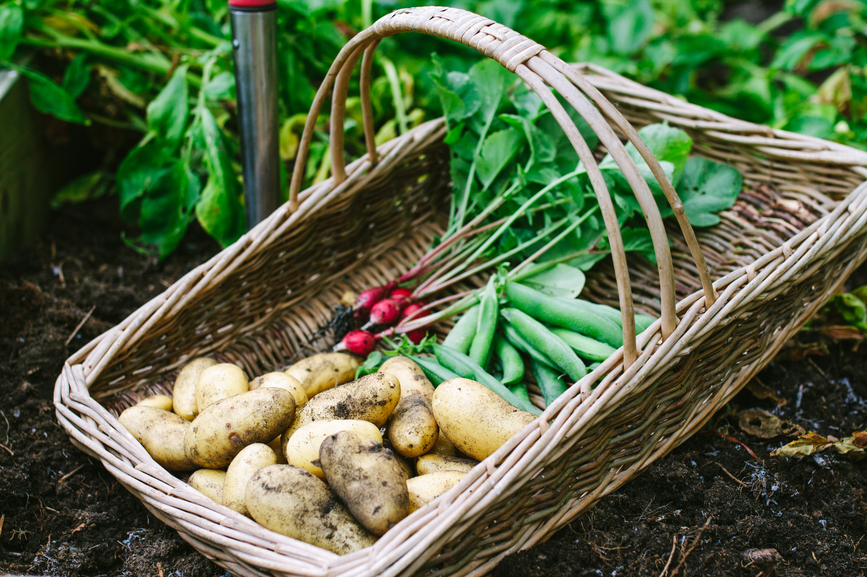Growing a vegetable garden is an incredibly rewarding and fulfilling experience. But planning it may seem like a daunting endeavour. You may not know where to begin, or you may be worried about what to grow and how to grow it. We’re here to walk you through the basic steps of how to plan a vegetable garden. This is the first instalment of our garden planning series here at Emerson Wild, so stay tuned for future posts.
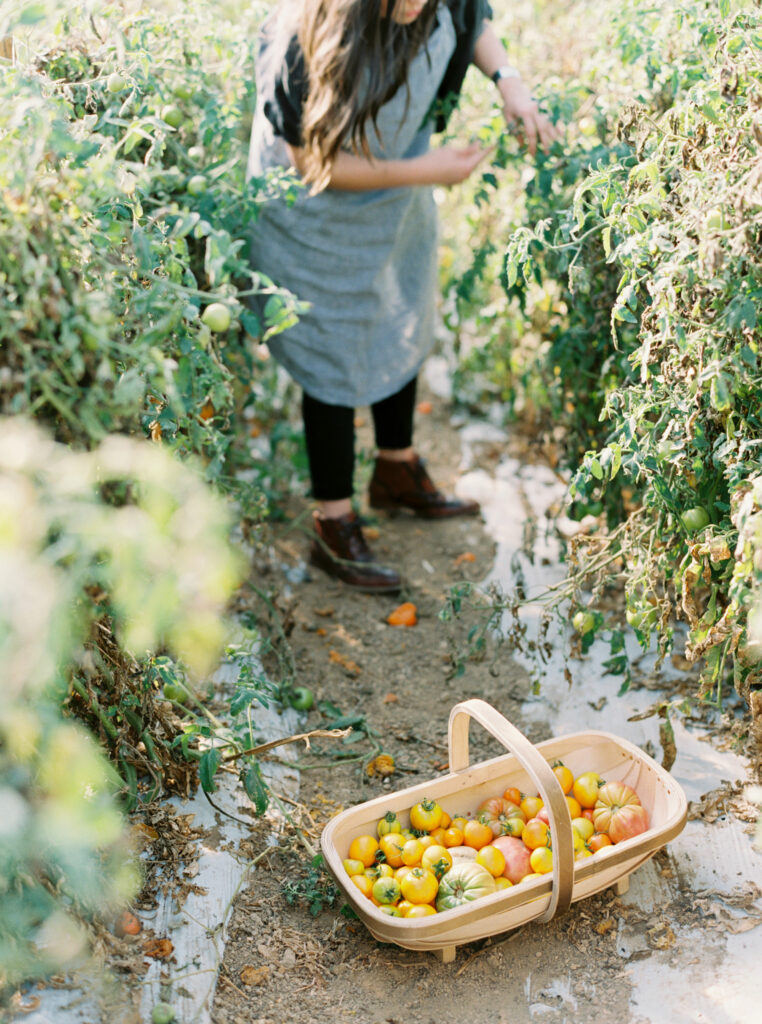
1. Are you starting completely from scratch or do you already have a vegetable garden?
If you already have an area where you’re going to be creating your vegetable garden, skip to step 2. But if this is your first year, we begin with this piece of advice: start small and grow your garden (in size) each year. Starting small firstly ensures that you are not overwhelmed. Secondly, each successful year allows you to have the confidence to continue expanding. Starting small also means that you’ll be able to reach your own capacity naturally.
With that in mind, you first have to determine the style or planting system you’ll want to use. Like raised beds (one of our favourites), traditional beds, containers, or even vertical gardening. Consider your spaces, the amount of light you receive (you’ll want about 6 hours of light per day), how accessible your location is to either a hose or watering by hand and how easily you’ll be able to tend to weeds along with harvest.
Gardener’s Note:
Raised beds our one of our favourites due to their ease of maintenance and efficiency. Since you’re adding in the soil you don’t have to worry about deficiencies as you would in traditional beds. Additionally, a raised bed provides excellent drainage and allows the soil to warm up faster than within the ground. Plus, depending on the height of your bed if can lessen the physical toll gardening can take (on your knees or back!). A raised bed can be as long as you’d like, but the general rule of thumb is not to exceed 4 ft in width, to ensure you can each the middle.
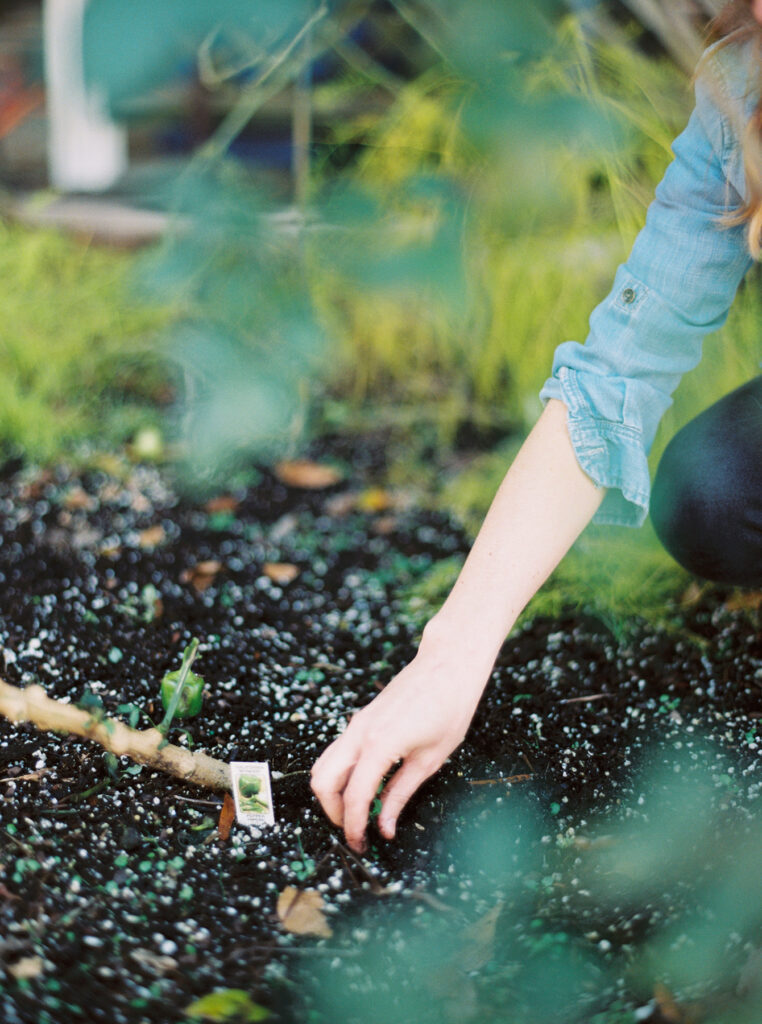
2. How to pick what to grow?
Once you’ve determined your gardening locations, the next step is to figure out what vegetables you will be growing. We recommend this process:
- Start by writing a list of what you’d be most likely to consume and even to preserve if you grow in excess. Once you have your first list, take some time to research the veggies you’ve selected. Some vegetables are perfect for beginners, while others require very specific conditions making them not ideal for your first vegetable garden.
- After you’ve narrowed your list, identify if and which vegetables are considered companion plants. Companion planting simply refers to the positive relationships that are found between various vegetables. Planted in close proximity, plants can provide natural pest control, nutrient swapping, pollination, or an overall increase in productivity. While there are positive relationships, there are also negative ones. Certain plants cannot be grown alongside one another, as they don’t play nice with others. They can compete for resources, become susceptible to pests or even physically harm each other (like in the case of beans choking peppers with their vines.)
- At this point you will have a list of plants, grouped with their companions. Make your garden plan. Grab a piece of paper and begin to draw out what will go where and with whom. The final decision in the planning stage is whether you’ll begin your garden from seed or seedling. If it’s your first vegetable garden we recommend beginning with seedlings! Growing vegetables from seed is a challenge in and of itself, so if your focus is your first vegetable garden, head on over to your local nursery when the planting season is upon you.
Gardener’s Note:
Consider growing the National Garden Bureau’s 2023 Edible of the Year: Broccoli. Not only is broccoli nutritious and delicious (packed with antioxidants and with more protein than most green vegetables) growing it is also fairly easy. It likes cooler conditions, nitrogen rich soil and full sun to part shade. Companion plants that work well with it include: chamomile, beets and celery!
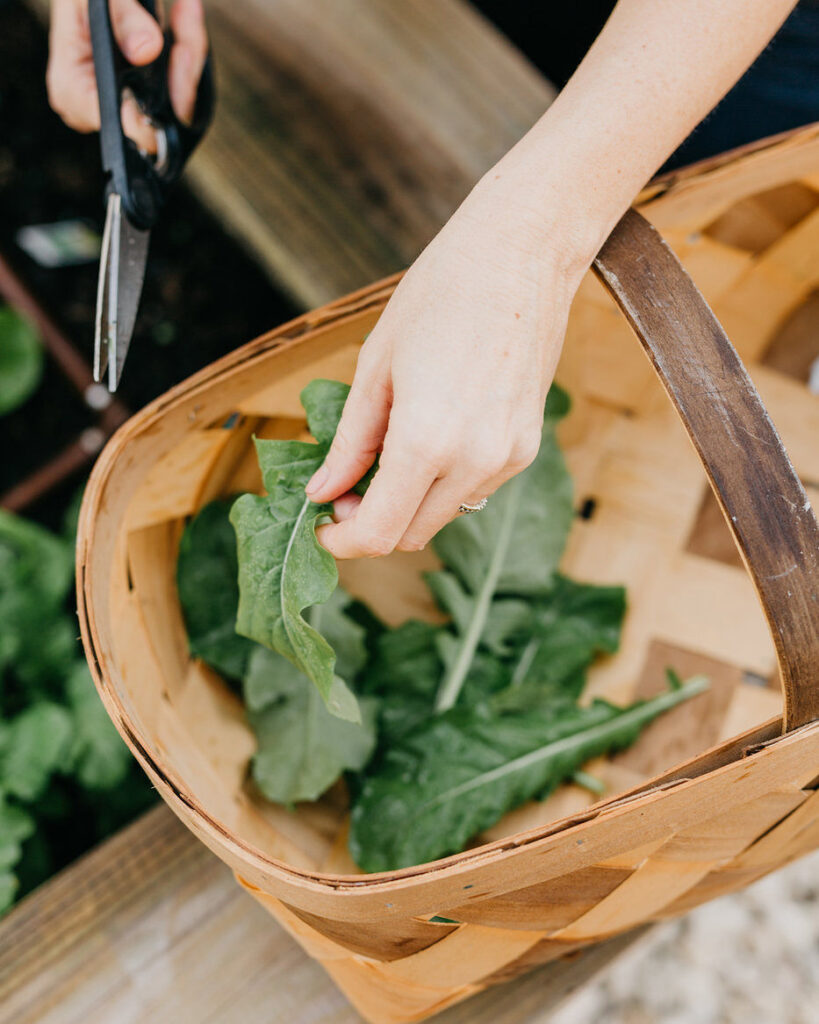
3. Important Things to Remember for your Vegetable Garden
- Plan to give your vegetable garden a little bit of time daily. A little each day goes a long way. This specifically applies to weeding and keeping your garden free of debris. Depending on the weather in your area, the way you water will change with the conditions, so your watering frequency will at times be inconsistent, while at other times will require daily watering.
- Stay on top of harvesting! This one may seem like an obvious point, but some vegetables produce enormous yields very quickly (like cucumbers or cherry tomatoes). Frequent harvesting can produce higher quality and even better tasting veggies.
- Write down what you end up planting and where your plant it, or keep your planning chart. This is because each year you should consider rotating your crops, what vegetables you plant where. Some plants will leave the soil deficient of certain nutrients while others can reintroduce them back into the soil, thus creating a balance year to year. Certain vegetables will grow significantly better if planted in the soil of a previous vegetable!
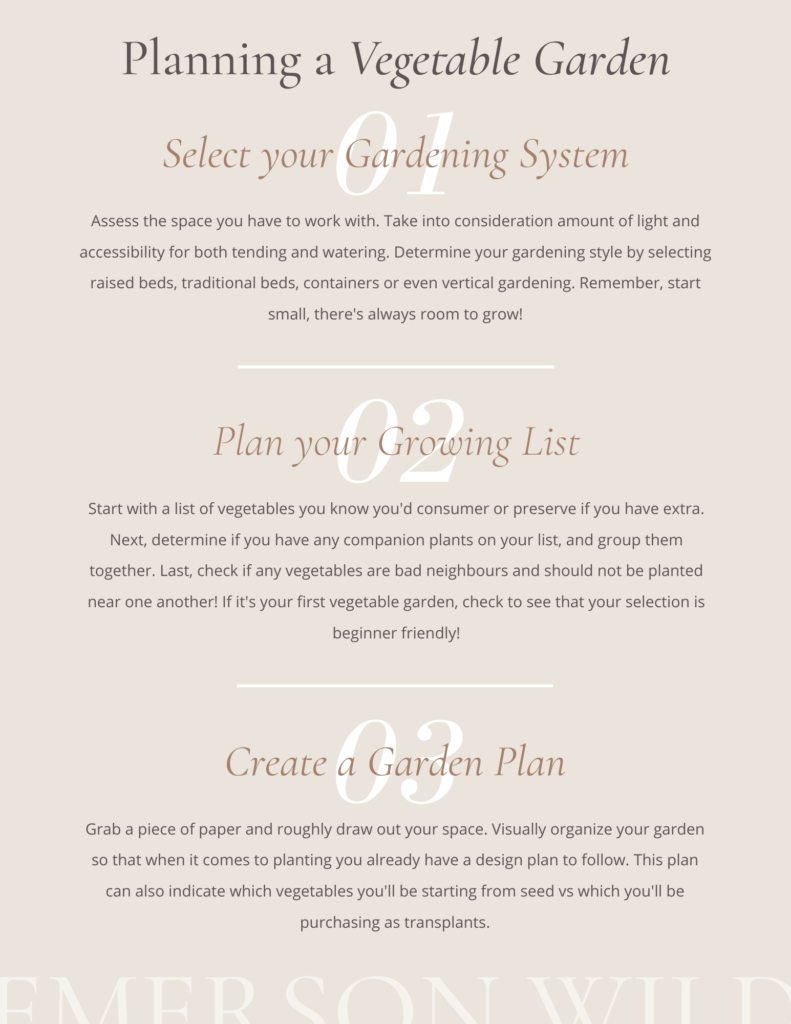
We wish you all the successes with your vegetable gardens this year. While it is a lot of work, we can assure you that it’s worth it to have a full harvest brought to you by your own two hands. If you haven’t already, be sure to sign up to receive our 2023 Trend Report which includes our predictions for all things home, garden and lifestyle in 2023. Ps. We’d love to connect, be sure to follow us on Instagram and Pinterest!

